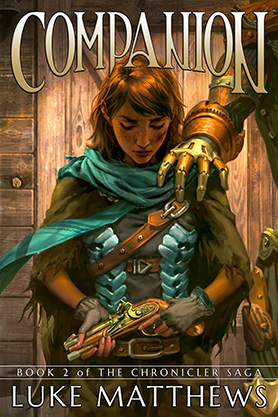Story by Paul Tobin
Art by Clayton Henry & Sergio Cariello
Fresh off of Spidey saving her butt from the Hobgoblin, Anya recruits his help in tracking down her father’s killer via a series of clues about the mysterious Raven organization. The issue opens with the two battling a small army of brainwashed “American ninjas” in a Raven research lab, which is riddled with several of my niggling peeves about the issue.
The portrayal of the 16 year-old Anya is clumsy and incongruous. What’s supposed to come off as a young girls’ immaturity simply feels like irrationally erratic behavior, even for a teenager. Where Brian Michael Bendis succeeded in his representation of a teen’s reactions to difficult situations, Tobin unfortunately misses the mark; Spider-Girl feels like a caricature of a teenager based on an adult’s perception rather than a flesh-and-blood girl. Even Spider-Man feels flat here, his trademark wit replaced by innocuously dull dialogue.
Peppered into that caricature are heavy-handed pop-culture references that will undoubtedly be dated in the very near future. The nods to Twitter in the issue lacked consistency, and feel contrived as a result. One particular page of Anya and Spidey dealing with some Raven scientists would have been better served with traditional narration, and it felt Tobin used the Tweets to circumvent actually writing the scene.
The issue’s artistic duties are split between the clean lines of Clayton Henry and the inconsistent art of Sergio Cariello. The wide gulf between these two artists’ styles is immediately apparent, and has a detrimental effect on the book. The transition from Cariello’s old-fashioned and, I’m sorry to say, rather boring panels to Henry’s graceful and dynamic layouts is jarring, especially in the last two pages.
The most recent issue of Spider-Girl is disappointing at its best, inconsistent and frustratingly gimmicky at its worst. Issue #7 is a throw-away that could likely be skipped entirely without losing pace in the greater storyline.

